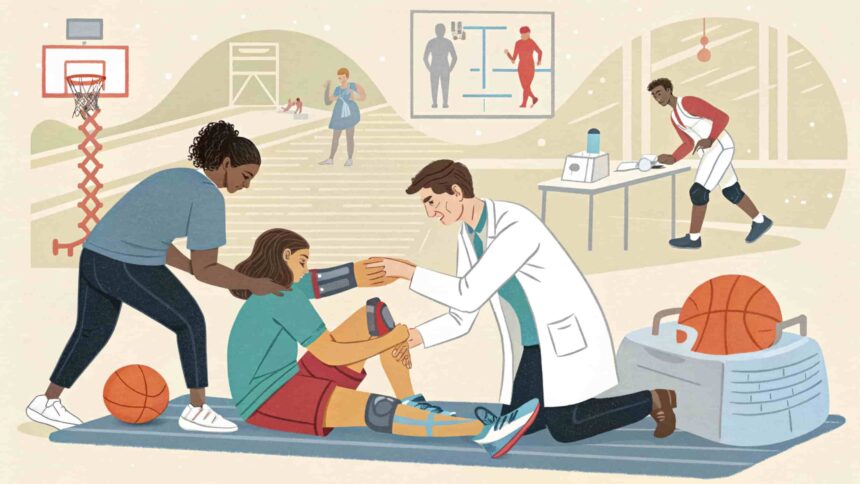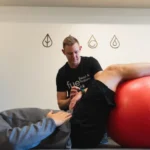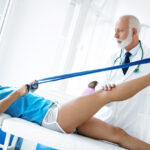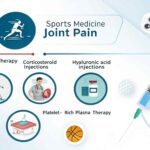Introduction
Sports medicine is a specialized field of healthcare that focuses on physical fitness, injury prevention, and recovery for athletes and active individuals. When athletes get injured, quick and effective treatment is essential to restore performance, prevent complications, and avoid long-term damage. Sports medicine professionals — including physicians, physical therapists, trainers, and orthopedic surgeons — work together to ensure athletes return to their sport safely. This article explores how sports medicine contributes to athletic injury recovery and helps optimize healing and performance.
Understanding Athletic Injuries
Athletes are prone to a variety of injuries based on their sport, intensity, and biomechanics. Common injuries include:
- Sprains and strains
- Ligament tears (e.g., ACL tear)
- Fractures
- Tendinitis
- Dislocations
- Overuse injuries (e.g., shin splints, stress fractures)
These injuries can be acute (sudden) or chronic (developing over time). Without proper treatment, even minor injuries can become severe and hinder performance permanently.
Initial Assessment and Diagnosis
The first step in recovery is proper evaluation. Sports medicine professionals perform:
- Physical examination
- Range-of-motion testing
- Diagnostic imaging (X-ray, MRI, ultrasound)
- Injury history assessment
An accurate diagnosis ensures that treatment is targeted, efficient, and minimizes further damage.
Personalized Recovery Plans
One of the strengths of sports medicine is its individualized approach. A recovery plan typically includes:
- Specific exercise protocols
- Rest and gradual activity progression
- Monitoring healing milestones
- Mental support and motivation
Each plan is adjusted based on the athlete’s condition, sport demands, and personal goals.
Physical Therapy and Rehabilitation
Rehabilitation plays a central role in sports medicine. Physical therapy helps in:
- Restoring strength and flexibility
- Improving joint stability
- Enhancing neuromuscular coordination
- Preventing re-injury
Therapists use manual therapy, resistance exercises, stretching, and functional training. The goal is not just healing but full performance recovery.
Use of Advanced Technology
Modern sports medicine uses innovative tools and techniques such as:
- Cryotherapy (cold therapy)
- Electrical stimulation
- Laser and ultrasound therapy
- Anti-gravity treadmills for safe walking
- 3D motion analysis
These technologies speed up healing, reduce inflammation, and track biomechanical efficiency.
Role of Sports Nutrition
Nutrition is a vital aspect of injury recovery. Sports medicine experts guide athletes on:
- High-protein diets for tissue repair
- Anti-inflammatory foods
- Hydration strategies
- Supplement use (e.g., omega-3, calcium, vitamin D)
A proper diet enhances energy, promotes faster healing, and supports immune function.
Psychological Support
Recovering athletes often deal with stress, anxiety, or fear of re-injury. Sports psychologists offer:
- Counseling
- Relaxation techniques
- Mental training for performance visualization
Mental resilience is just as important as physical readiness in athletic recovery.
Return-to-Play Strategies
Sports medicine ensures a safe and smart return to sport by:
- Performing functional testing
- Analyzing balance, power, and coordination
- Implementing sport-specific drills
- Evaluating mental readiness
Clearance is only given when the athlete is fully healed, confident, and conditioned for competition.
Prevention of Future Injuries
Recovery includes learning from the injury. Sports medicine professionals provide:
- Training modifications
- Equipment recommendations
- Injury prevention exercises
- Load management and rest plans
Preventing re-injury is crucial for long-term athletic success.
Conclusion
Sports medicine is an essential partner in athletic injury recovery. From diagnosis to full return, it combines physical therapy, nutrition, mental support, and technology to promote complete healing. With expert care and tailored recovery plans, athletes can return to the field stronger and more resilient.










